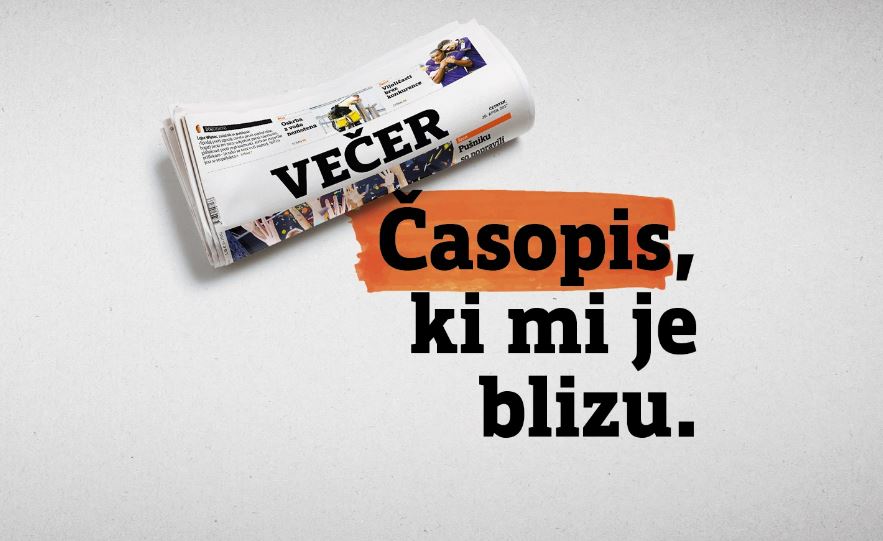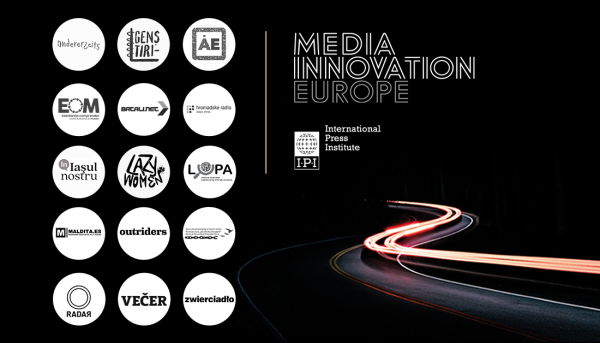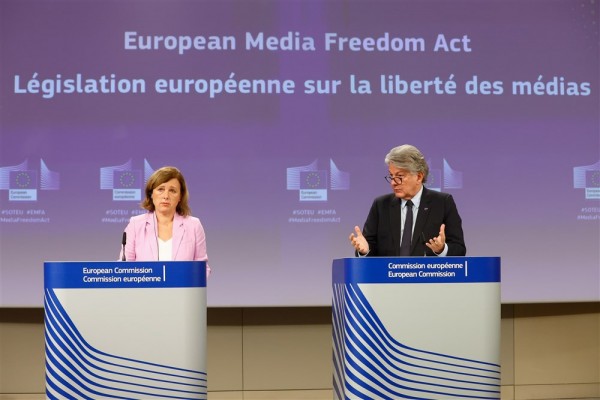Večer Mediji (Slovenia) is a print and online publisher providing in-depth journalism and advocating for vulnerable communities which are often left out of mainstream media discussion. Through the Transition Accelerator, they developed their audience analysis strategy – here, they explain how.
The Transition Accelerator project, organized by the International Press Institute, has supported Večer through a long-planned transformational process that has required a huge financial investment, and more importantly, demanded our team’s valuable time. It helped us to overcome serious difficulties, among them the issue of attracting the maximum number of employees to the ongoing digital transformation, engagement with which had been inconsistent in our editorial office. So, how did we do it?
The most valuable contribution we received as a team was the Vienna training bootcamp, during which we were able to develop strategies we had been lacking in the editorial office for a long time: communication between employees, brainstorming techniques, techniques for solving complications we encounter… all of which can assist us in addressing the central problem of unifying the priorities in our editorial office, which in our multi-generational editorial team can sometimes be a source of disagreement.

Picture 1: A glimpse from the editorial office
For a moment, let us take a step back and reflect on our situation at the beginning of this journey. Business and editorial processes in our newspaper organization were highly fragmented for a number of years. To get valuable feedback on their stories (and to learn how many readers they have reached), journalists had to request this information from editors and marketing colleagues. This was complex and time-consuming, so journalists often remained uninformed about which of their pieces readers were interested in and what narrative formats they preferred. This was a great loss, as this is simple data that can be used to provide the best quality of service for our (local) audience.
We resolved this problem by introducing the Readers’ Engagement and Monetization Platform (REMP) into our editorial department and the broader company. REMP is a software that helps us shorten the information journey and, consequently, supplies our readers with the most informative and in-depth content possible.

Picture 2: Matic Lesnik, Marketing Manager, and Jon Knez, junior journalist, at one of the ongoing weekly training sessions on using the new system
REMP allows us to analyze our audience more precisely and to acknowledge their interests and needs. All the technical aspects of the project’s implementation are already in the final stages, and our editorial team is deep into analyzing the target audience and designing a content strategy for them! Let us show you what we have learned.

Picture 3: Data in REMP system
The Slovenian market is small in terms of population and the number of Slovene speakers. Since we cannot expand into other areas due to the language barrier, it is important that the media attract as many domestic readers as possible. Because we value (and ultimately need!) elderly audiences, we want them to take the digital transformation step with us, and avoid losing them along the way. Without readers, there is no newspaper! The project has also led us to change some aspects of our work. That being said, several lessons we have learnt can be summarized as follows:
Our greatest achievement has been to get the majority of our colleagues on board with the transition to digital. Most of those who have been working on newspapers for decades see the printed newspaper as their primary medium. Shifting our focus to digital is crucial. At the same time, we have also had to change the time component of our work – we no longer spend most of our working time on putting the paper together, but instead devote an equal share of our attention and energy to publishing the content on the website as quickly as possible while maintaining high quality.
Digital subscribers are the future. Our print subscribers are on average aged around (and over) 70. We need to rejuvenate our target group, which is much younger and is bound specifically to digital. In Slovenia, there is also a lot of free online media available, and the environment is highly competitive. Audience research has led us to target local topics, which are proven to generate the most subscriptions in our area.
We have also adapted our content – we now offer content that interests the target audience and shapes their lives in the most decisive way. We are making videos and podcasts, formats that are of most interest to the younger target group (under 35). At the same time, we have partnered with the University of Maribor to develop and implement a special package for students that is cheaper and more accessible, and we are building connections with an audience that may not yet be able to pay the full price of our subscriptions currently, but will be able to do so in the years to come.
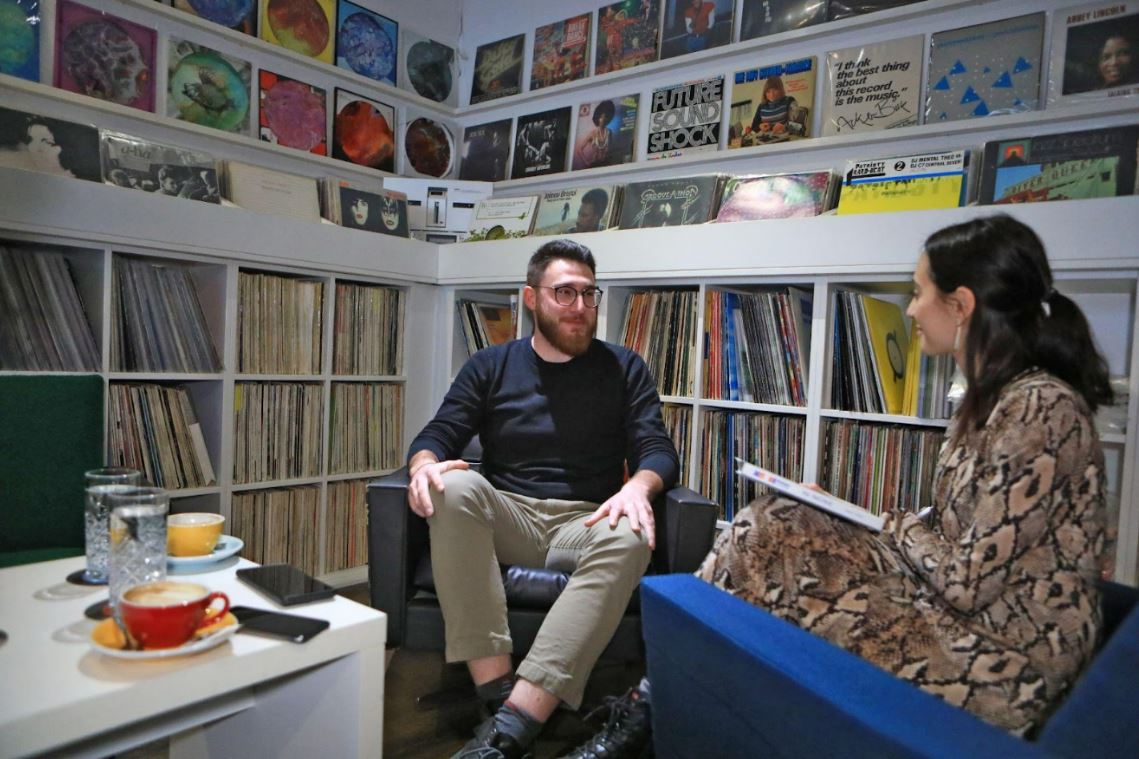
Picture 4: Miha Dajčman in Klara Širovnik while recording a podcast on the anniversary of the Grema na kafe newspaper segment
One of the important lessons we have learnt from the project is how to write the teasers for paid articles. The keys are: brevity, conciseness, clarity, informativeness, intrigue. An example of an excellent teaser, which also proved to enhance the performance of the article, is shown in the photo below:
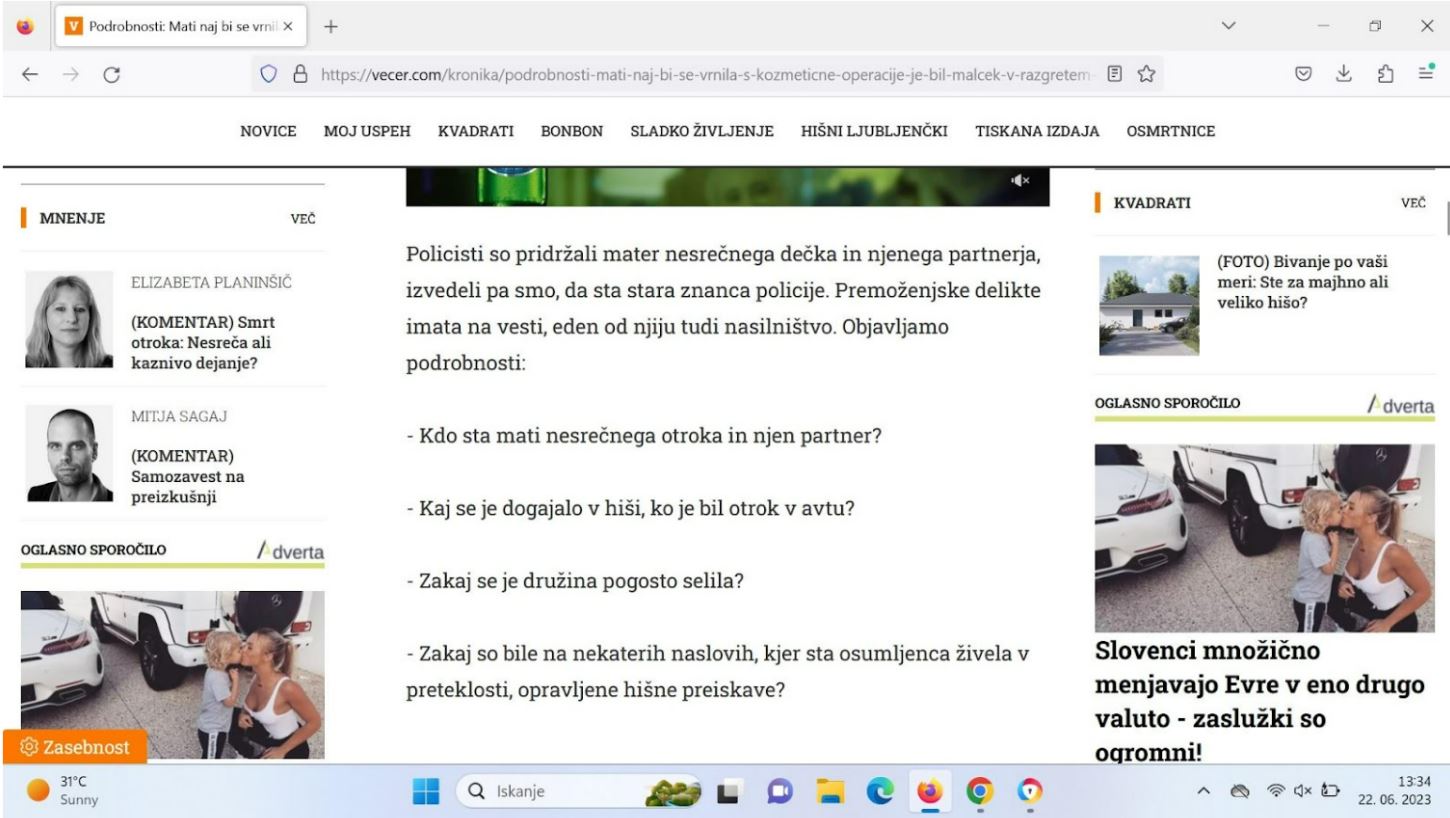
Picture 5: The teaser
At the same time, we are also focusing more attention on the streets and in the cafés where we are holding events to meet readers and potential readers in person. For example, we recently organized a round table on the club scene in our city, which was well attended. We saw the need for this through our audience research and our new system of work, and it wouldn’t have been possible without the Transition Accelerator.

Picture 6: Event, organized by Večer, in Maribor
The Transition Accelerator is part of the Media Innovation Europe (MIE) project, co-funded by the European Commission. The programme is led by the International Press Institute, and implemented in collaboration with Thomson Media, the Media Development Foundation and BIRN and is intended to empower media outlets as they navigate the digital transition, giving them journalistic tools and skills in diverse products and business structures in order to reach audiences and bring sustainability.

